Sea Surface Temperature: 37 F
Sea State: 1-2 foot waves, ice in the distance
Depth: 114 feet (35 meters)
Welcome to the Beaufort SeaThe Beaufort Sea lies to the north of Alaska and the Yukon and Northwest Territories.
Today we crossed from the Chukchi Sea to the Beaufort SeaThe Beaufort Sea lies to the north of Alaska and the Yukon and Northwest Territories.. So far, the Beaufort SeaThe Beaufort Sea lies to the north of Alaska and the Yukon and Northwest Territories. has brought us distant pack ice, grey whales, and walruses. Originally, we were supposed to sample quite far north into the Beaufort SeaThe Beaufort Sea lies to the north of Alaska and the Yukon and Northwest Territories.. However, pack ice covers the northern end of our planned transects, so we are staying farther south. This is a nice opportunity for the HAB team to better understand the large bed of Alexandrium Cysts closer to shore.
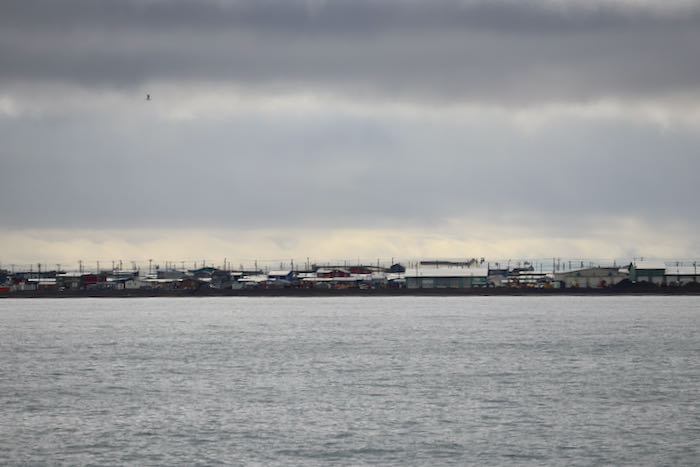
What's in the Grab?
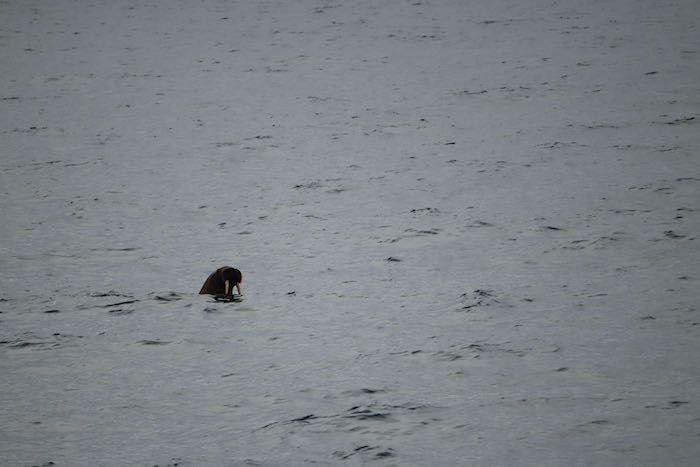
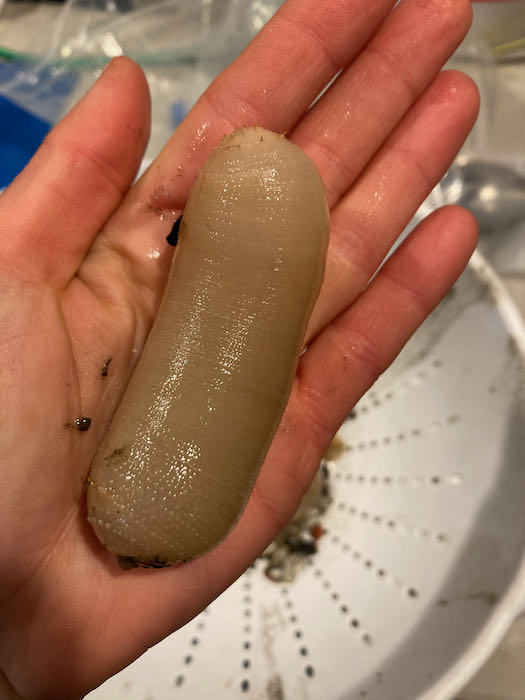
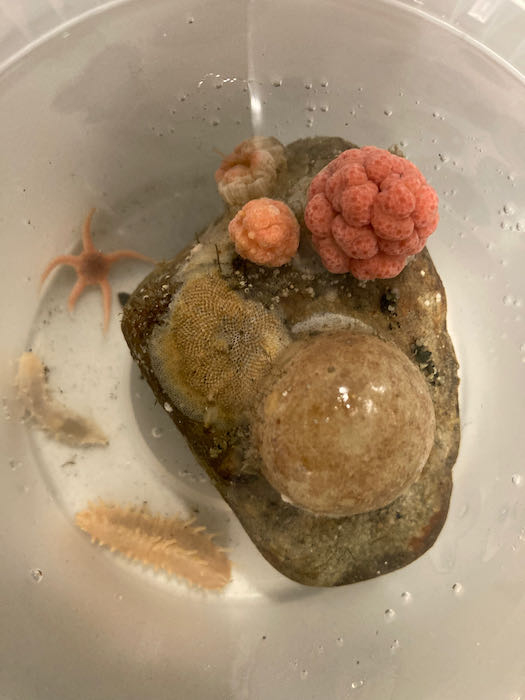
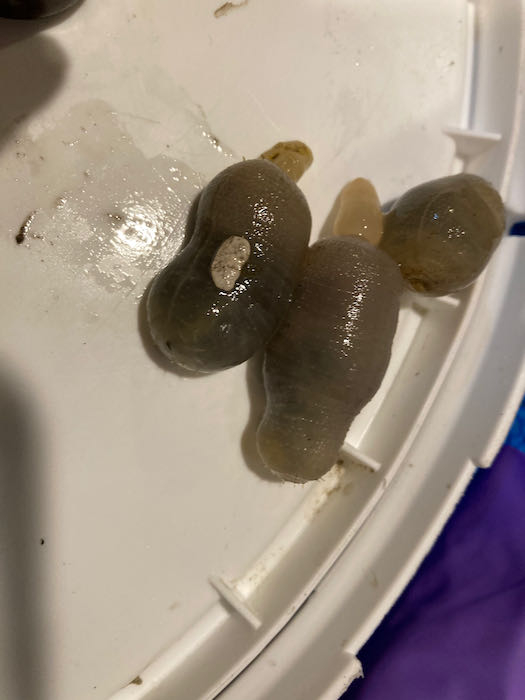
Who's Who on the Norseman II
Mike
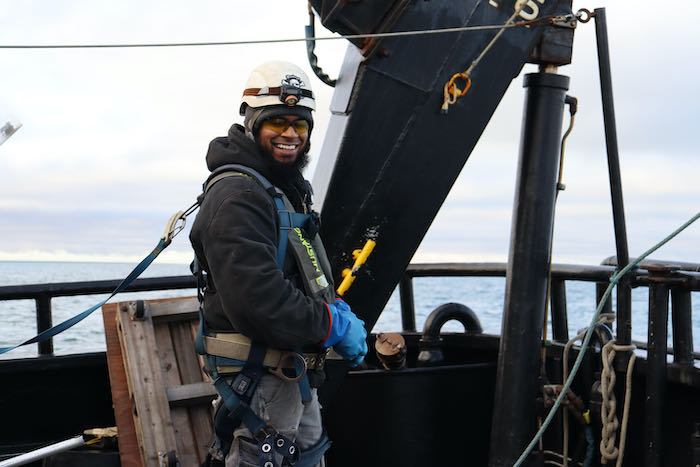
Mike joined the coast guard when he was 21, hoping to be an aviation mechanic. However, he changed his mind when he discovered that aviation mechanics are extremely specialized, only working on one type of aircraft, while marine mechanics get to work on many different types of boats throughout their careers. Indeed, his 8 years as a coast guard marine mechanic saw him learning the ins and outs of many different vessels, traveling through the Panama canal, and rappelling out of helicopters to do maintenance work on remote clifftop navigational markers.
He retired from the coast guard after spending time stationed in Cape Canaveral, Florida, Sitka, Alaska, and Homer, Alaska, where he lives today. Now he works as the Port Engineer for Support Vessels of Alaska (SVA), the company that operates the Norseman II as well as other ships. Onboard, he coordinates nighttime deck operations, and is in charge of mechanical maintenance, including the engines and hydraulics. In winter, he works on the engines, fuel systems, electronics, hot water systems, sewage systems, and other aspects of SVA’s boats to prepare them for the coming season.
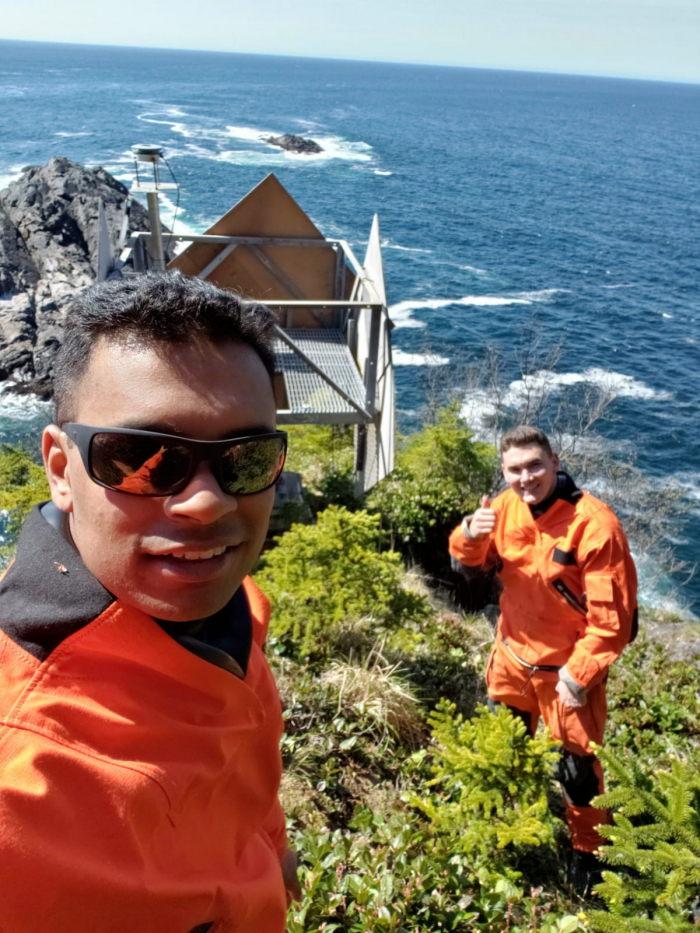
Joan
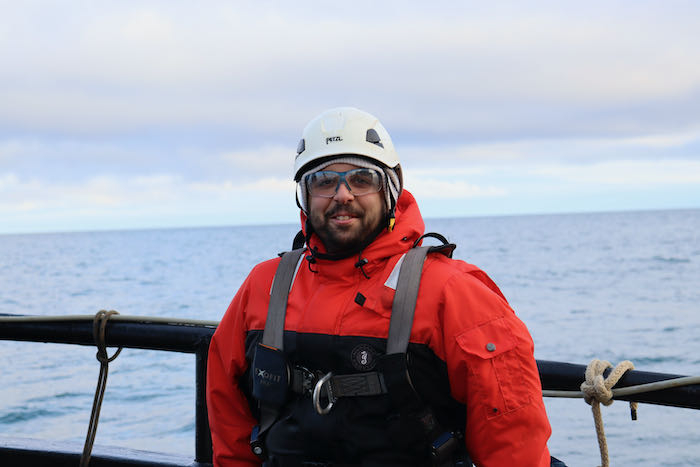
If you wander on deck between the hours of 12:00 midnight and 12:00 noon, you are likely to find Joan (pronounced Jo-an) working on the CTDA research tool that is submerged in the water to measure conductivity (salinity), temperature, and depth.. As a CTDA research tool that is submerged in the water to measure conductivity (salinity), temperature, and depth. watch stander, he makes sure that the CTDA research tool that is submerged in the water to measure conductivity (salinity), temperature, and depth. is ready for deployment, deploys and recovers the CTDA research tool that is submerged in the water to measure conductivity (salinity), temperature, and depth., and helps with water sampling. One of the two Spaniards on board, he hails from the island of Majorca.
Growing up next to the warm waters of the Mediterranean Sea gave Joan great curiosity about how the ocean moves and behaves. This led him first to study marine science in college in Spain, and then farther north to Norway, where he finished his master’s degree in December. In September, his interest in the ocean will carry him still farther from home, to Iceland, where he will do a PhD about dense water masses in the Iceland Basin, a section of the North Atlantic. For this research he will go on cruises like this one and also use autonomous underwater gliders to collect data.
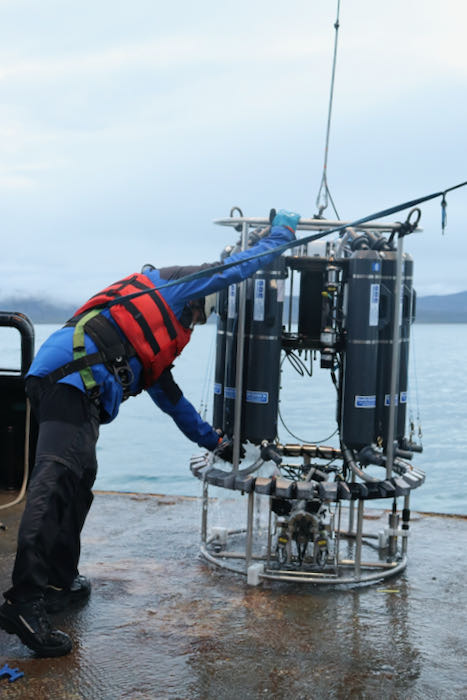


Comments